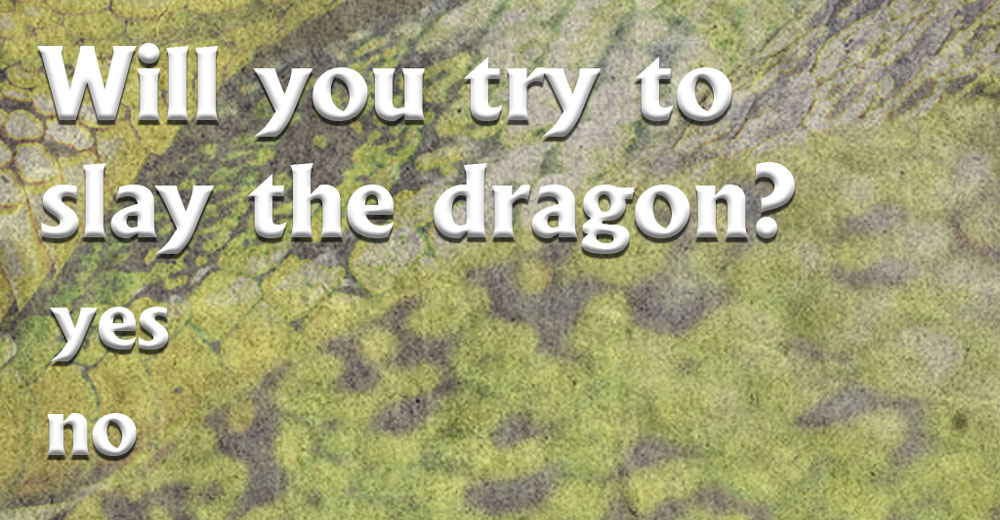One of the fun things about being a consultant B2B copywriter is that I get to ask experts big, stupid questions. One of my favourite ones is “why is that a good thing?”
It might sound stupid, but it’s about the most important question I can ask because when they tell me about the new feature or capability in their new technology, it clarifies exactly why their customer should care.
For some, more tech-savvy buyers, of course, “It has a triple-widget flangelator” is enough, because they already know it reduces the need for flugelbinding iterations. Explaining that bit might insult their intelligence and experience.
But most of the time, you do need to unpack the benefit. And to do that, you ask yourself “so what”?
Feature: “The system automatically backs up your stuff at scheduled intervals.”
Benefit: “You don’t have to remember to do it.”
…but to really drill it home, you need an advantage. And here’s where we get into benefits of benefits. Sales and marketing Inception, if you like.
Advantage: “You’re less likely to lose your stuff because you forgot the backup.”
The trick is, keep asking “So what?” (or, more politely, “why is that a good thing?” until you arrive at something your target audience understands and cares about).
But just like Inception, you might want to move up the layers. Because the information might start out with “You’re less likely to lose your stuff.” (It’s less common when you’re interviewing B2B technical experts, but it does happen.)
And here, you simply ask “Why?” and look for an answer that starts with “because”. And you keep going until you arrive at something logical, that is a new or important aspect of the product or service. That’s your feature.
“You’re less likely to lose your stuff, because you don’t have to remember to back up, because the system does it automatically.”
Remember your spinning top, and you’ll be totally fine.
I (more or less) explained it at a presentation in Penryn:
Do you guys know about features and benefits? Some people will, some people won’t.
Quite simply: the feature is a thing about the product or service that you are selling. It is a quality of that product or service — a car has a big engine.
Most people only go as far when they’re selling as features and benefits.
“The car has a big engine.” The benefit of that feature is that the car goes fast.
The benefit is why it’s a good thing, and often people don’t care about the feature, they care about the benefit. But sometimes they only care about the advantage.
This is where it kind of gets meta: a benefit squared — a benefit of a benefit — is an advantage.
“Car has a big engine” Feature.
Benefit: “The car goes fast.”
Advantage? Really depends on who your target market is.
For most advertising these days: “So you can overtake safely,” because that’s why we all want to go fast isn’t it? Or you get there quicker, or you can pull the girls, or however they want to market it.
Another example: A vacuum cleaner. Feature: it compacts the dust that it collects.
What’s the benefit of that feature? A feature may have more than one benefit.
[Audience participation, arriving at: you don’t need to empty it as often.]
What’s the advantage of that benefit?
We had: “You can clean the whole house in one go.”
Now, when you are explaining stuff in your writing you may know what the feature is but not know the benefit or the advantage. Or you may know an advantage and then you’ve got to go back and explain it in terms of the feature.
To get down a level, ask yourself: “So what?”
(And to be honest as a marketing and copywriting consultant a lot of my job is in the nicest possible way sitting opposite clients they say, “We’ve got this,” and I go, “Why is that a good thing?” Nicely. I say it nicer than that. Sometimes.)
You can keep asking, “So what?” or to go the other way you can ask, “Why?”
“So you can clean the house in one go? Well why can you do that?”
“Oh, because you don’t need to empty it very often.”
“Well why don’t you need to empty it very often?”
And then you explain it using “because”. This because this because this.
“Because”, particularly in the middle of a sentence — again one of those things that you sort of leave behind as you enter grown-up writing — is very, very powerful.
You might use it as a throwaway at the beginning: “Because it compacts the dust you don’t have to empty it so often.” And you use it as a throwaway at the start of the line.
But you could just say in really kind of old-fashioned, simple, school type of way: “You don’t need to empty it as often because it compacts the dust.”
“Because” is a pretty strong thing.
Want more copywriting tips?
Check out the next video, and find out how to create impact in the copy that you write.
(Or watch the full Kung Fu Copywriting playlist here.)


